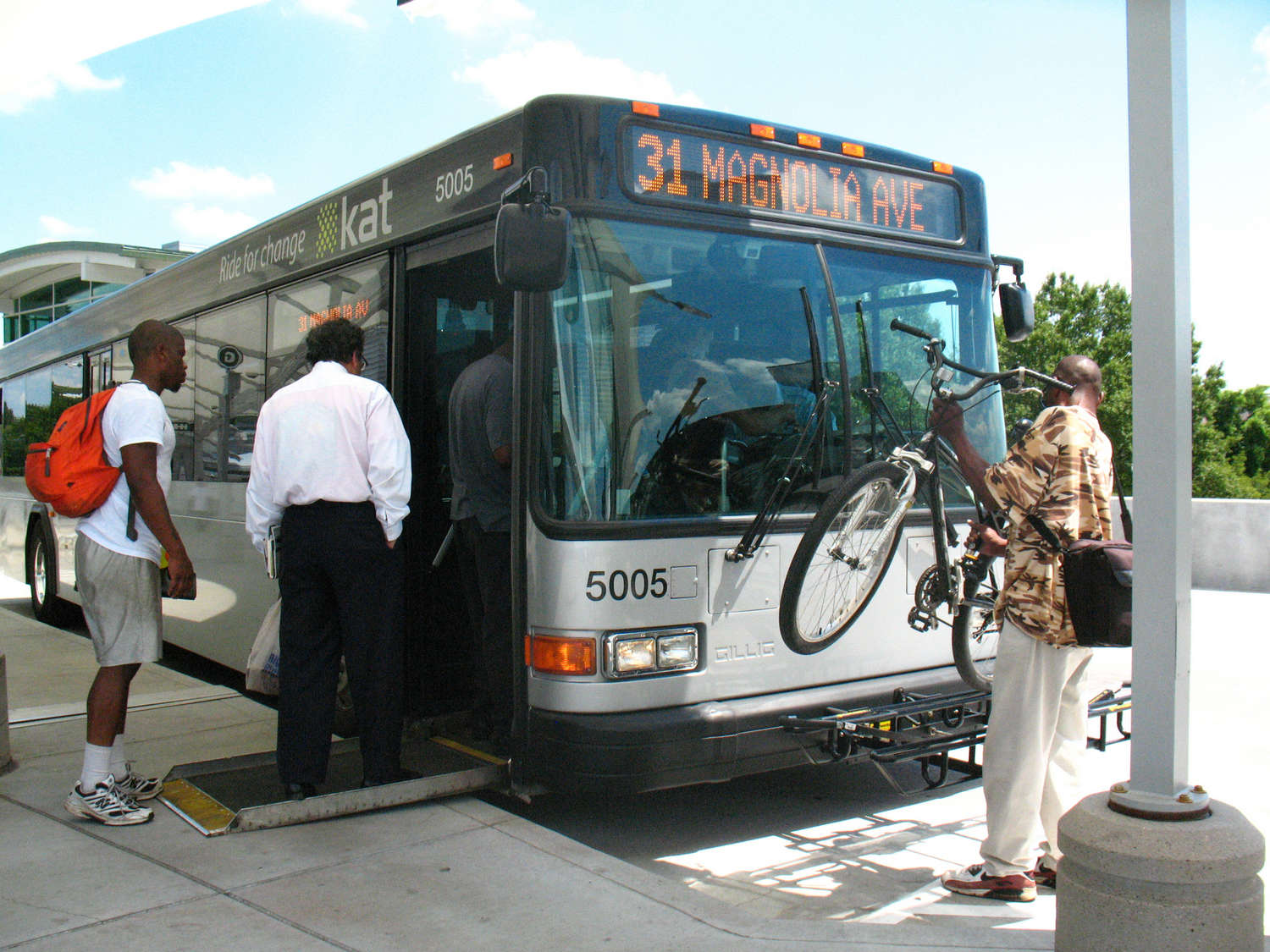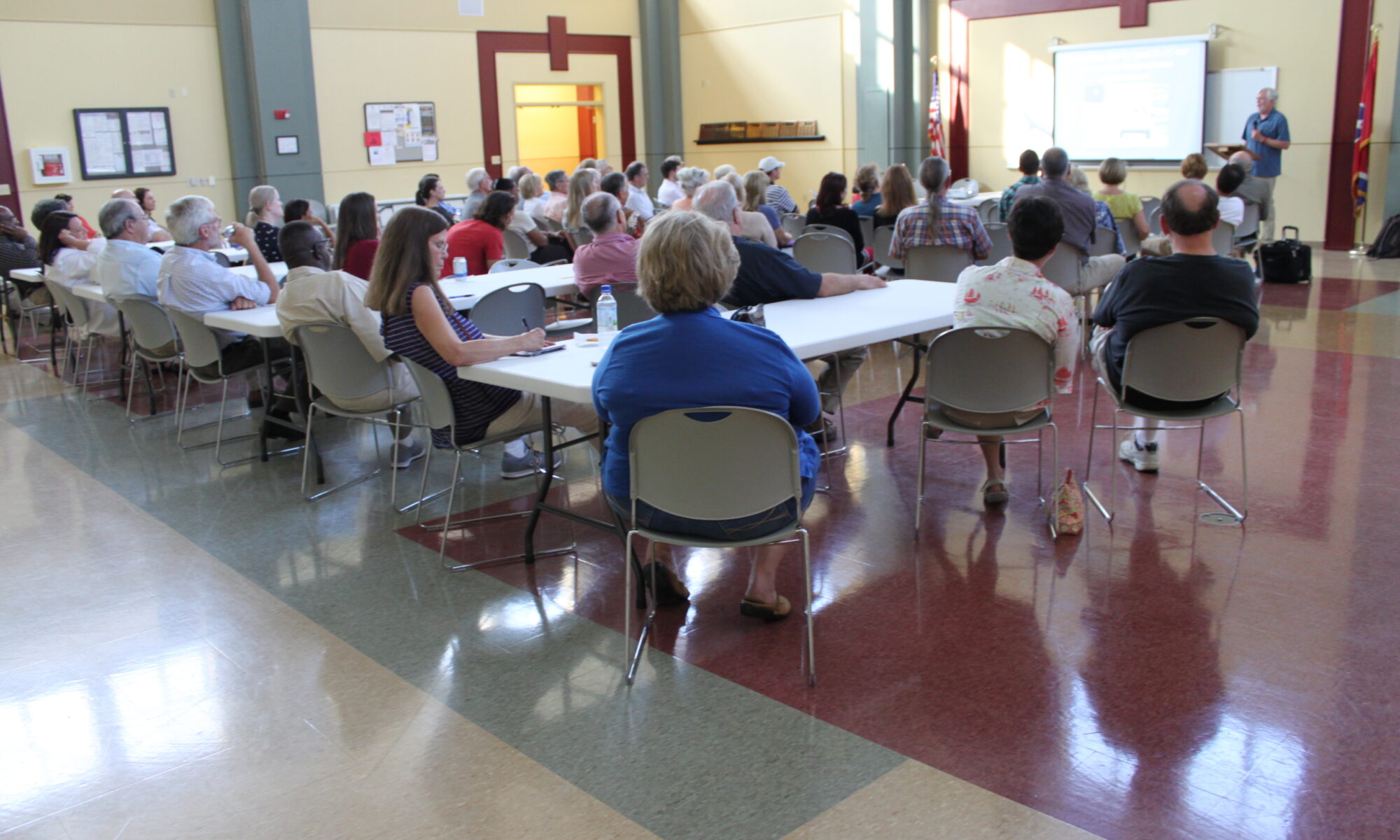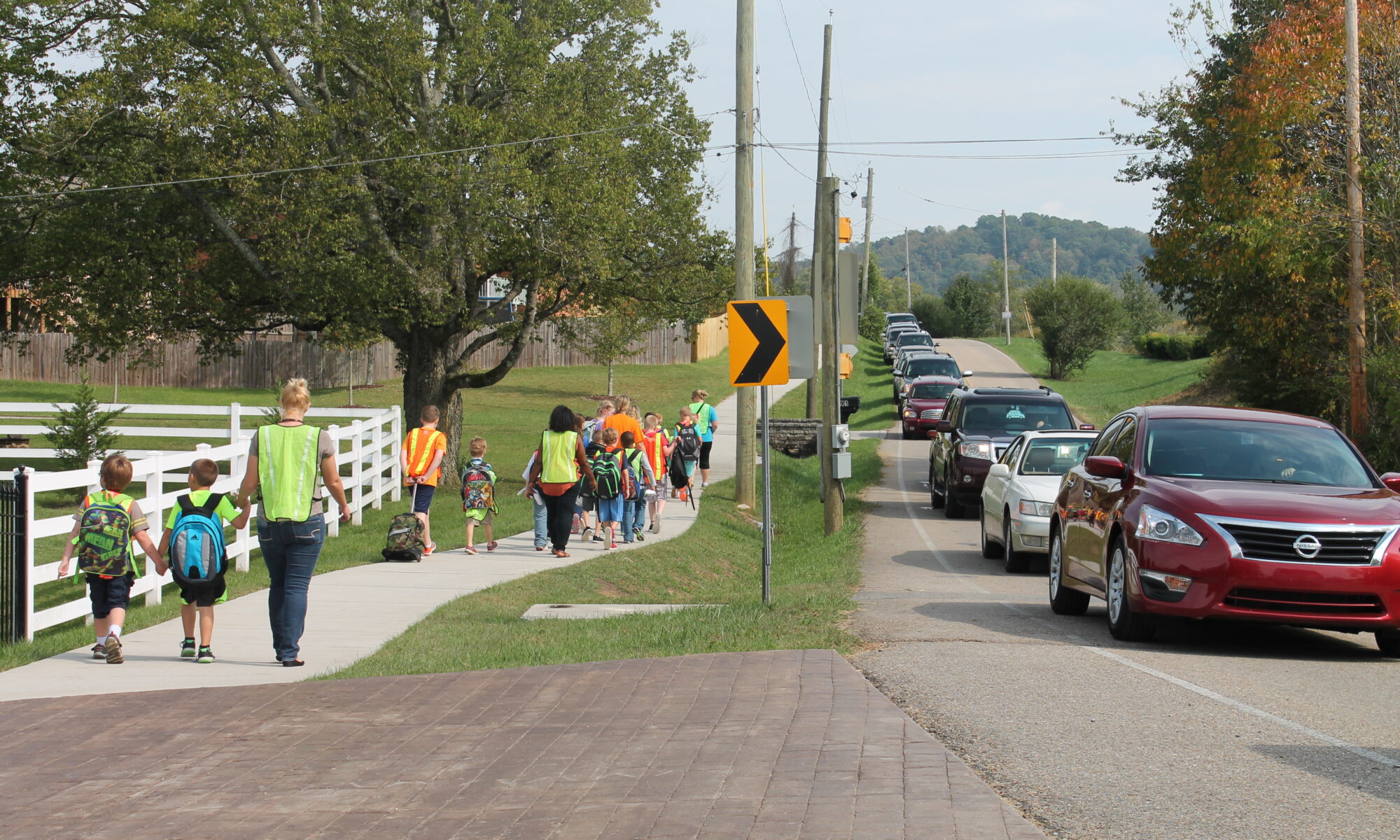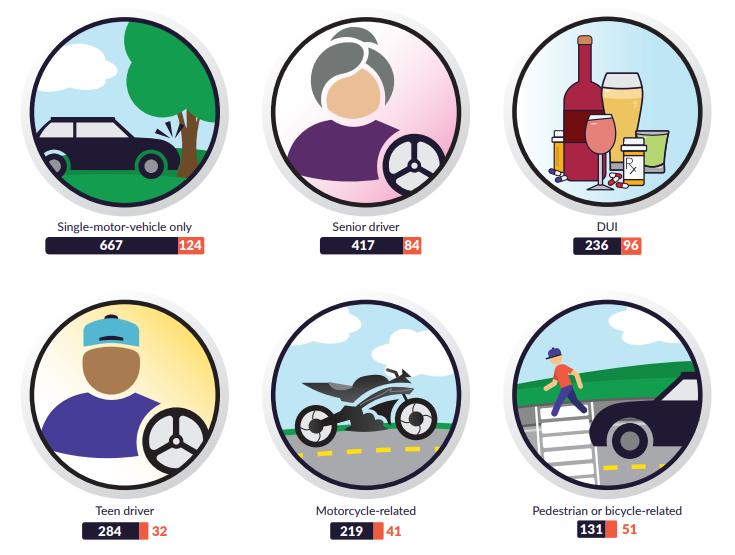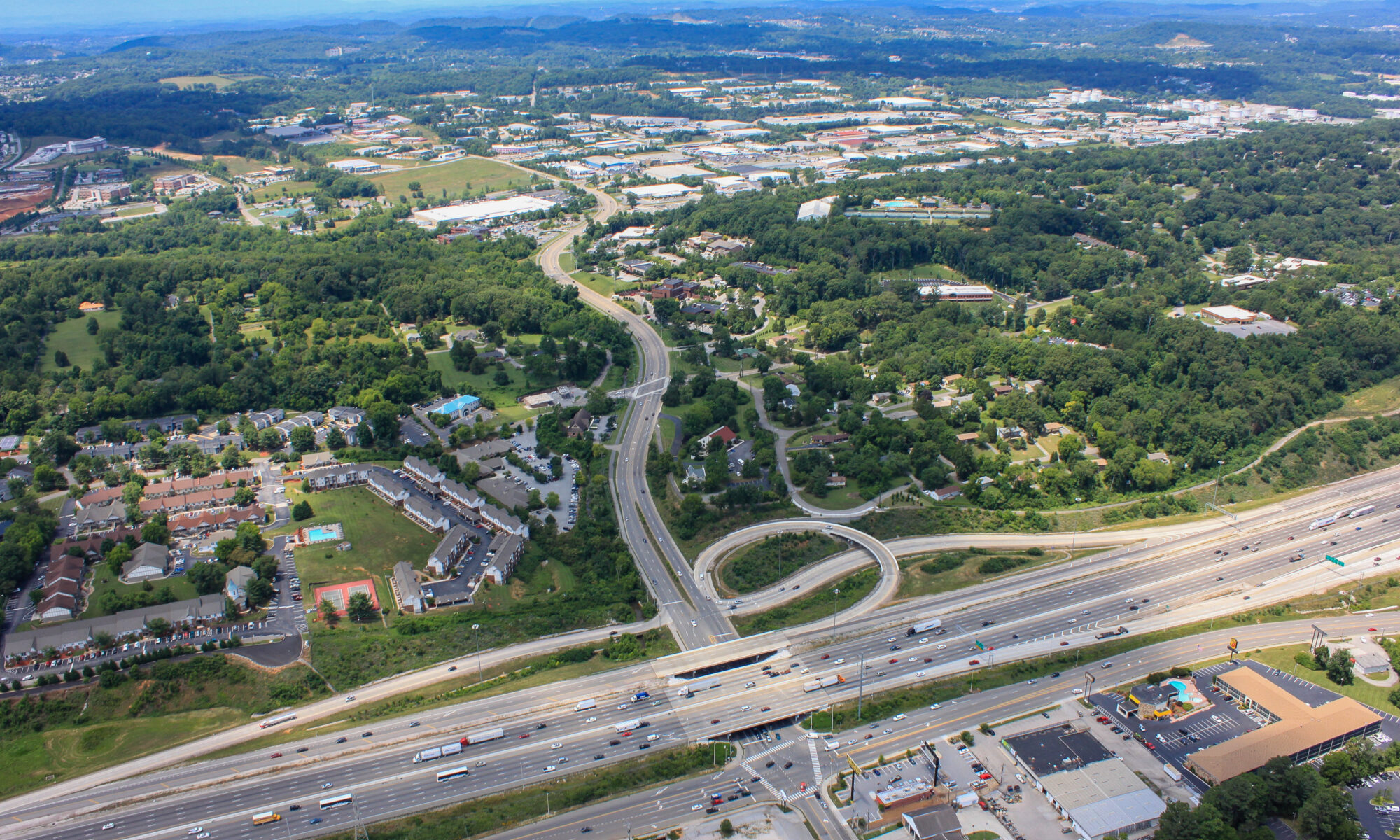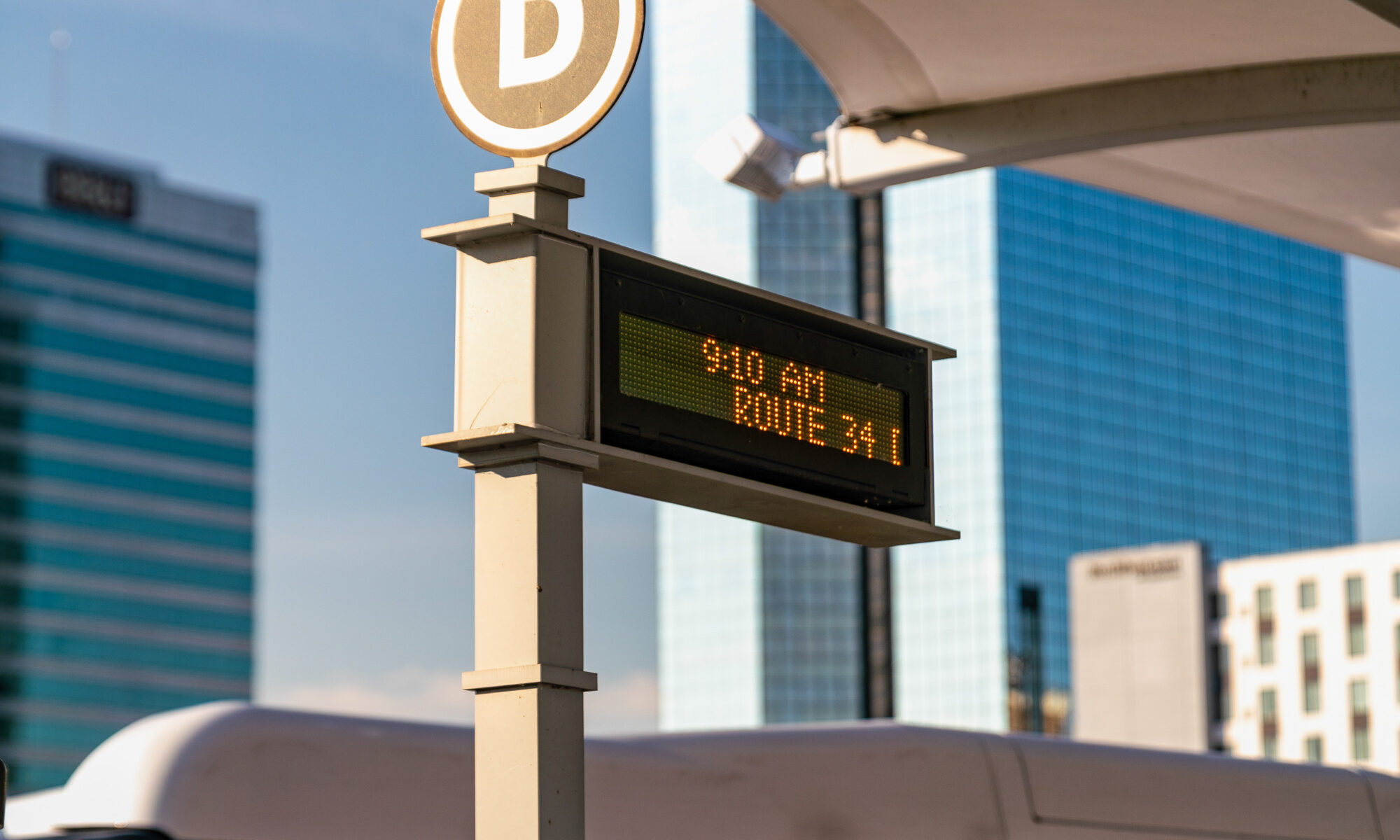The Program of Projects (POP) is a listing of how federal transit funds will be spent in the urban area. The Knoxville urban area received stimulus funding through the Federal Transit Administration (FTA) from the Coronavirus Response and Relief Supplemental Appropriations Act (CRRSAA) and American Rescue Plan Act (ARP). The FTA stimulus funding is distributed through the FTA Section 5307 and Section 5310 Programs.
The City of Knoxville is the Designated Recipient of the FTA Section 5307 Formula Urban Area funds and the TPO is the Designated Recipient of the FTA Section 5310 5310 Enhanced Mobility of Seniors and Individuals with Disabilities funds.
If you have any questions please contact Doug Burton at 400 Main Street, Suite 403, Knoxville, TN 37902 or at (865) 215-3824 or at doug.burton@knoxtpo.org.
The TPO Executive Board will act on the Section 5310 Program funds at their meeting on September 22, 2021 at 9:00 a.m. in the City County Building – 400 Main Street, Knoxville, TN 37902.
